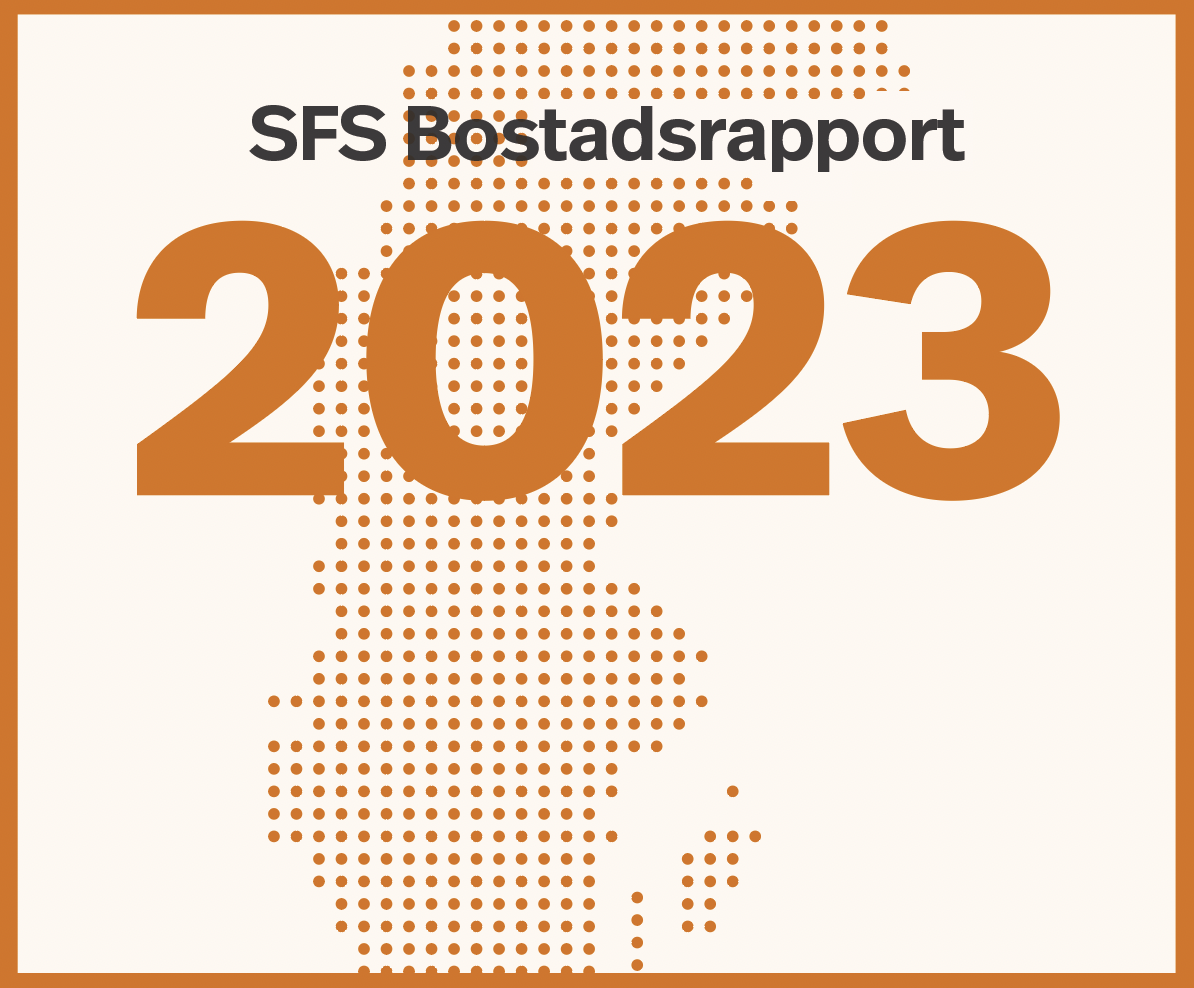Increased rents exacerbate the housing shortage for students
The housing situation for students is getting worse according to this year's housing report from the Swedish National Union of Students (SFS). Part of the explanation is the unusually high rent increases of the past year, which hit students with already small financial margins hard.
Every year, SFS presents a housing report that maps the housing situation for students at 34 Swedish study locations. Places receive a color marking based on a number of criteria such as rent level and how quickly students can get access to accommodation:
– Green marking: Students can get safe accommodation within a month.
– Yellow marking: Students can get accommodation within a semester.
– Red marking: It takes longer than a semester for students to find accommodation.
This year, five study locations have a worse result than last year. For example, both Gävle, Falun, Helsingborg and Trollhättan have gone from being marked green to marked yellow. In all four cases, the reason is that the rents are higher than what SFS deems to be reasonable.
According to the housing report, the average rent increase in the country's study areas has been 4,3 percent in 2023, which is unusually high. This can be compared with the average rent increase for all tenancies the year before, which was 1,7 per cent according to Statistics Norway.
- We are facing a housing crisis that risks not only the students' finances and study results, but also Sweden's reputation as a prominent nation of knowledge. A knowledge society is based on accessible education and for that it is necessary that students can afford and have the opportunity to live safely, says Jacob Färnert, chairman of the Swedish National Union of Students.
Currently, there are approximately 400 students and approximately 000 student housing according to figures from the University Chancellor's Office and the Swedish Housing Agency. At the same time, new preliminary statistics from Statistics Norway show that 100 percent fewer apartments began to be built in the first half of 000 compared to the same period last year.
- Politicians cannot afford to continue with today's passive line, because the alternative is much more expensive. The government must stimulate construction through investment, otherwise the situation will only get worse, says Jacob Färnert.
Changes between 2022 and 2023:
- Gävle, Falun, Helsingborg and Trollhättan have gone from green to yellow markings
- Umeå has gone from yellow to red marking
- Karlskrona has gone from red to yellow marking
- Skellefteå and Eskilstuna have gone from yellow to green marking
Percentage of students divided by color marking
- 16% of all students live in a green-marked city
- 16% live in a yellow-marked city
- 68% live in a red-marked city
Contact for interview:
Leo Nyström, SFS communicator
0730413325, [email protected]
